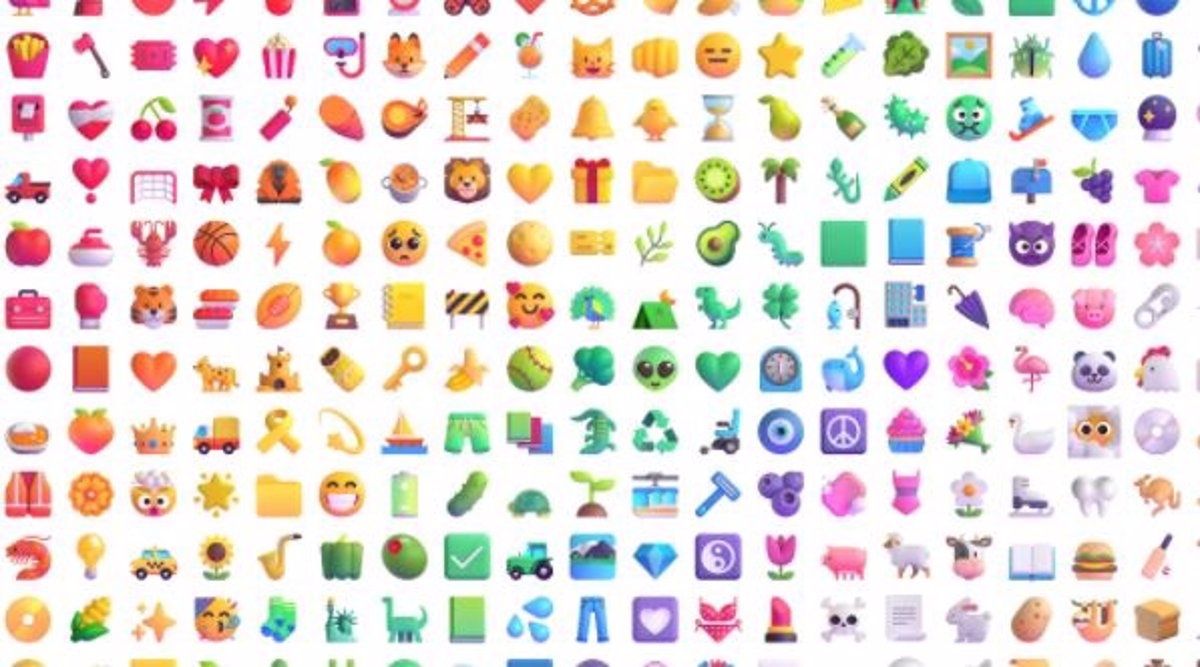More than 1,800 three-dimensional emojis inspired by Fluent’s design are now available in public preview of the Microsoft Teams video conferencing and communication platform.
Microsoft is launching a new update of the so-called Fluent Emojissome emoticons that present a different and modern version with respect to the previous ones, which have a two-dimensional (2D) format.
In addition to a new three-dimensional version of the two-dimensional emojis already available from Microsoft, users will be able to access others completely newas indicated by the senior engineer for ‘Software’ Development at Microsoft, Kaushal Mehta, in a publication.
One of the details that has stood out in this step from 2D to 3D are the six skin tones that can be granted to emojis in which people or other parts of the body appear, such as faces or hands.
Two changes have been made in this update. On the one hand, the more than 1,800 Microsoft Teams emojis, which can be used in your chats and channels (standard or private), will adapt the fluent style, as well as the animations featuring some of these.
On the other hand, reactions that take place in chats, as well as in channels and live meetings, will adapt to this format.
This implementation, available in different versions of Microsoft Teams (web, mobile desktop, and Meetings) may still have some bugs and may mix with certain backgrounds or themes in the app.
What’s more, has support for different operating systems (Windows 10, macOS, iOS, Android and Linux), as well as compatible web browsers (Chrome, Firefox, Safari, Edge and Internet Explorer).
Accessing this public preview requires IT administrators to first set an update policy to activate the preview features and once activated, users will be able to join it.
It is worth remembering that in the last optional update for the applications of Microsoft 365, the company made 2D emojis available to users, instead of betting on three dimensions (3D), as expected.
It was not until the end of January when a Microsoft designer, Nando Costa, pointed out through his blog on LinkedIn what was the new direction that the company had taken in relation to the redesign of the new emojis.
Then, explained its creation process, insisting that the hardest part was working on the people emoji category and that they finally managed to strike an aesthetic balance between graphic appearance and human qualities.
The development team filled out this category with different head shapes (genderless, male, and female) and five skin tones, with the goal of making them more inclusive.
The final set of emojis includes a font for Windows 11, which is assembled overlaying 13,000 glyphs. With this color overlay approach, the operating system can offer more than 120,000 color combinations for users to create unique designs.
In addition, Costa stressed that Microsoft had “prioritized” almost 1,1000 of 1,888 emojis to add animations. Among them, a pair of hands that clap, an arm flexing the biceps or a hand making the Vulcan salute from Star Trek.
Finally, the designer said that from the company they plan to continue creating new designs annually based on Unicode versions, as well as exploring its own unique Microsoft concepts.
